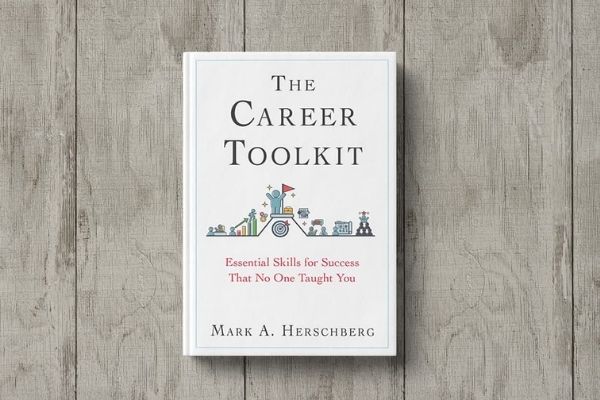In the latest episode of the podcast, Bhairav Patel, Managing Director of Atom CTO, sits down with Mark Herschberg, an MIT instructor, fractional CTO, and author of “The Career Toolkit.” This conversation dives deep into the evolving role of the Chief Technology Officer (CTO), shedding light on the journey, challenges, and strategic responsibilities that come with the position.
Here are the key takeaways for budding CTOs:
Understanding the CTO Role
The role of a CTO is multifaceted and has evolved significantly, especially in the startup world. Initially perceived as purely technical, the role now encompasses strategic leadership, project management, and deep involvement in business decisions. The CTO is not only responsible for overseeing the technical aspects but also for aligning technology with the company’s strategic goals.
The Path to Becoming a CTO
Mark’s journey to becoming a CTO began in the 90s after graduating from MIT. He started as a software developer during the dot-com boom, eventually gravitating towards project management due to his interest in people-centric challenges. His first significant leadership role came when he was 26, managing a team of engineers and essentially acting as a CTO despite holding the title of Director of Engineering.
Key Skills and Experiences
- Technical Proficiency and Beyond: While deep technical knowledge is crucial, aspiring CTOs must also develop skills in project management, business strategy, and people management. Mark emphasizes the importance of understanding broader business concepts, such as finance and marketing, to effectively bridge the gap between technology and business needs.
- Consulting as a Learning Path: Consulting offers a unique opportunity to gain exposure to various industries and business functions. This experience can be invaluable for developing a comprehensive understanding of how different parts of a business operate and how technology can support them.
- Mentorship and Networking: Building relationships with mentors and leveraging professional networks can provide guidance and open doors to new opportunities. Mark benefited from mentors who were recruiters, executives, and community members from his MIT fraternity.
Challenges in the CTO Role
- Cultural Fit and Recruitment: One of Mark’s early mistakes was hiring a technically proficient developer who was not a good cultural fit for a startup environment. Understanding the cultural and team dynamics is crucial when hiring to ensure long-term success and employee satisfaction.
- Politics and People Management: Navigating organizational politics and managing teams effectively are significant challenges. Mark shares his experience of hiring a developer from a big bank who struggled with the startup’s self-organizing team culture, highlighting the importance of assessing both technical and cultural fit.
Strategic Thinking and Adaptability
As CTOs move up the ranks, their role shifts from being operational to strategic. This involves not only managing day-to-day technical tasks but also thinking several steps ahead, understanding market dynamics, and making decisions that align with long-term business goals. Mark’s background in competitive chess helped him develop this strategic mindset.
The Future of the CTO Role
The CTO role is continually evolving, with some companies adopting the title of Chief Technology and Product Officer (CTPO) to reflect the integrated responsibilities of overseeing both technology and product development. This trend is particularly relevant in highly technical fields like cybersecurity, where deep technical expertise is essential for product innovation.
Advice for Aspiring CTOs
- Create a Career Plan: Just as businesses have project plans, aspiring CTOs should develop a career plan that outlines their goals and the steps needed to achieve them. This plan should be flexible, allowing for adjustments as they gain experience and insights.
- Continuous Learning: Staying current with technological trends and business practices is essential. Engaging in peer learning groups, reading industry blogs, and participating in professional communities can help CTOs keep their knowledge up-to-date.
- Holistic Understanding: While deep technical knowledge is vital, having a holistic understanding of the business and its various functions will make a CTO more effective in their role. This includes having a basic grasp of finance, sales, and marketing to better align technology with business objectives.
In conclusion, the podcast provides a comprehensive look at the role of a CTO, offering valuable insights and practical advice for those aspiring to step into this crucial position. Whether you’re a developer aiming to climb the ranks or a business owner looking to hire a CTO, understanding these dynamics can significantly enhance your approach and success in the tech industry.
